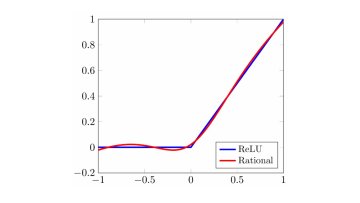14:30
Numerical analysis of a topology optimization problem for Stokes flow
Abstract
A topology optimization problem for Stokes flow finds the optimal material distribution of a Stokes fluid that minimizes the fluid’s power dissipation under a volume constraint. In 2003, T. Borrvall and J. Petersson [1] formulated a nonconvex optimization problem for this objective. They proved the existence of minimizers in the infinite-dimensional setting and showed that a suitably chosen finite element method will converge in a weak(-*) sense to an unspecified solution. In this talk, we will extend and refine their numerical analysis. We will show that there exist finite element functions, satisfying the necessary first-order conditions of optimality, that converge strongly to each isolated local minimizer of the problem.
[1] T. Borrvall, J. Petersson, Topology optimization of fluids in Stokes flow, International Journal for Numerical Methods in Fluids 41 (1) (2003) 77–107. doi:10.1002/fld.426.
A link for this talk will be sent to our mailing list a day or two in advance. If you are not on the list and wish to be sent a link, please contact @email.




